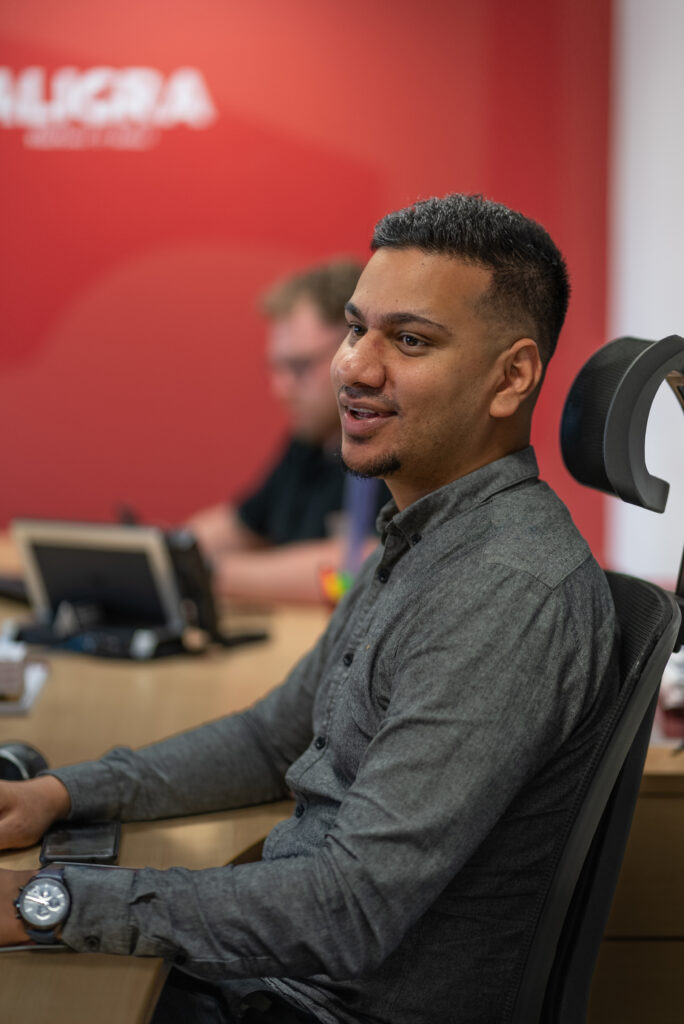UK businesses are integrating diversity and inclusion into their recruitment practices. However, only a few have succeeded in making the necessary changes.
A survey conducted by XpertHR revealed that 95% of organisations are taking action to practice diversity and inclusion as they strive to attract and select their prospective employees. Out of all these organisations, only 55% have rated themselves as “effective” or “very effective” in making a positive change in their recruitment practices.
UK businesses definitely have a long way to go when it comes to equality. Thus, it’s time to provide equal opportunities for deserving candidates by adding diversity and inclusion strategies into your recruitment practices.
Understanding the Role of Diversity and Inclusion in Recruitment
The recruitment process was created to help companies identify the best candidate for an open position. However, many recruiters fall into the trap of their own biases and end up hiring people based on their personal attributes.
To illustrate, BCS discovered that the majority of IT specialists in the UK are men, while women only make up 17% of the workforce. When it comes to race, only 8% of IT specialists are of Indian ethnicity, 2% are from a Pakistani or Bangladeshi background, and 2% are from a black background.
Recognizing the big gaps in the workforce, professionals are calling for diversity and inclusion in recruitment processes so that candidates can get the roles that they deserve. In return, organisations can attract more applicants and retain more employees by giving equal opportunities to everyone.
Three Strategies that can Drive Equality in Recruitment Processes
1. Start your search on platforms with diverse candidates
It’s impossible to run a diverse and inclusive recruitment process when you’re starting off on the wrong foot.
While the employee referral process has its own merits, an article on diversity and inclusion by LHH highlights that this strategy can further limit the demographics of your workforce, especially if you don’t have a diverse employee makeup. So, you need to open up your company to a wider pool of candidates by advertising job vacancies on platforms and job boards where diversity and inclusion are a focus. Try posting on networking sites, membership societies, and even social media to open your doors to multiple candidates.
2. Examine the gaps in the screening process
The screening process should be limited to assessing the qualifications and experience of the candidates. Unfortunately, some recruiters judge candidates based on their personal characteristics during this stage.
To avoid this, our article on ‘Why Recruiters Need to Automate Measuring Candidate Experience 6 Reasons’ suggests using a candidate experience survey so that you can uncover any gaps and problems in your screening process. Through the feedback of the candidates, you can identify the questions and processes that have been limiting or even insensitive to certain demographics. This survey can steer your recruitment process in the right direction and help you provide better experiences for all types of candidates.
3. Be aware of your own biases when it comes to hiring
Aside from examining the entire screening process, you should also take a pause and assess your own biases.
Biases actually come in different shapes and forms. To illustrate, the National School of Healthcare Science states that white workers are 69% more likely to be appointed because they share similar interests, experiences, and backgrounds with the recruiters. Research also indicates that candidates who are conventionally attractive are more likely to be given higher salaries. By being aware of the smallest biases in your choices, you can make recruitment decisions that are fairer.
Recruitment should be solely focused on the professional competencies of applicants and not on their personal attributes. By improving your recruitment process, you can attract more qualified candidates and improve the performance of your company.
Author biography:
Fi Phillips, Freelance Copywriter working with JobLookup. Fi specialises in blog posts and web articles about the world of work and business. She is especially interested in how the pandemic has changed our attitudes to work-life balance and career development.
All copyrights for this article are reserved to UK Haulier News

